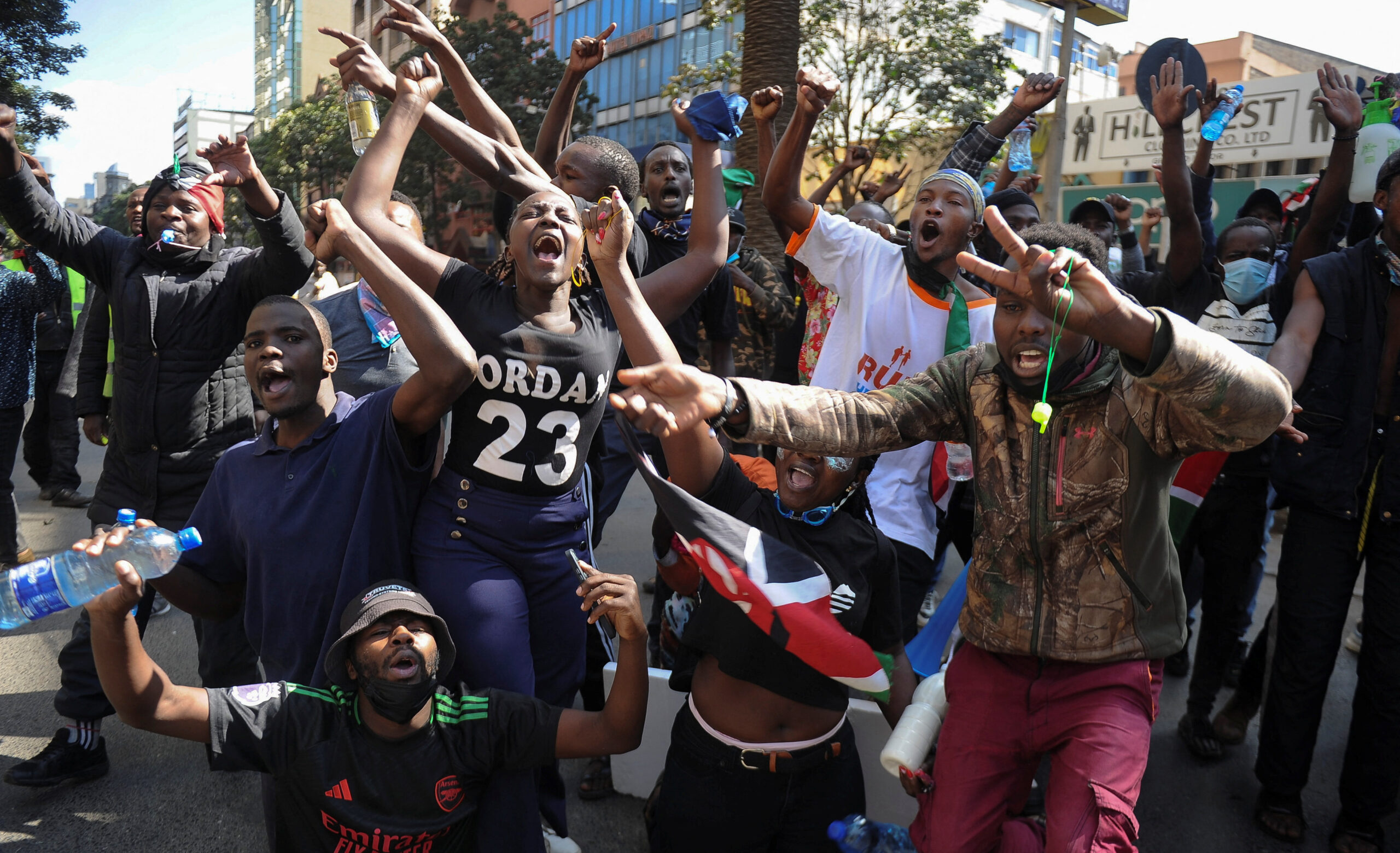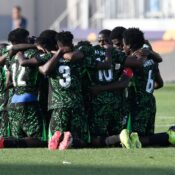
Following at least 23 deaths in skirmishes, protesters in Kenya vow to hold more demonstrations
One day after violent riots outside parliament and around the nation left at least 23 people dead and several others wounded, Kenyan demonstrators vowed on Wednesday to continue their protests over new tax hikes.
Supporters of the week-old protest movement took to X on Wednesday, using the hashtag #tutanethursday, which means “see you on Thursday” in a combination of Swahili and English, as heavily armed police patrolled the streets of Nairobi’s city.
At the most critical point in President William Ruto’s two-year rule, a nationwide protest movement demanding a political transformation has grown out of an internet outpouring of resentment over tax rises.
Shortly after MPs voted on the divisive tax bills on Tuesday, police opened fire on protesters that had gathered around parliament and then broke into the assembly’s perimeter.
Protests were reported by The Nation newspaper in at least 35 of Kenya’s 47 counties, ranging from large cities to rural areas, including Eldoret, the hometown of Ruto in his ethnic Kalenjin stronghold.
The Kenya Medical Association stated on Wednesday that at least 23 people had died across Kenya and that another 30 were receiving medical attention for gunshot wounds.
Six victims of Tuesday’s protests have been laid to rest in the capital’s biggest public mortuary, a police official stationed there told Reuters. According to two health officials, 160 patients with injuries and two more bodies were admitted to the Kenyatta National Hospital.
Ruto’s statement during the violence, in which he claimed that “criminals pretending to be peaceful protesters” were behind the attack on parliament, garnered a lot of attention from social media users.
“Good morning, Tupatane Thursday, fellow criminals.” to carry out CRIMINALS’ actions,” wrote a user on X.
Social internet posts called on people to take over the president’s mansion and office, State House, on Thursday, as well as the local offices of the World Bank and the International Monetary Fund (IMF) on Friday. It was unclear at first whether these demands were coming from specific persons or from a larger movement.
“WE HAVE THE RIGHT TO SHOW”
In his nationally televised speech late on Tuesday, Ruto said that “dangerous people” had “hijacked” the discussion around the tax proposals.
Although there were no reports of soldiers on the streets of Nairobi on Wednesday, the government ordered the army to be sent in to assist the police in handling a “security emergency”.
Wellington Ogolla, a protester, declared he would return to the streets. “We have the right to protest… He told Reuters, “We are just expressing ourselves,” as he strolled through Nairobi’s downtown, where the stench of tear gas persisted.
In an attempt to prevent a budget imbalance, lawmakers included new taxes while removing others—such as those on cooking oil and bread—from the final version of the finance bill.
Protesters want the entire bill to be overturned, and many of them are now calling for Ruto to quit. They are largely organized on social media platforms and without official leadership.
He ran for office nearly two years ago on a platform of supporting Kenya’s working poor, but he has been caught between the demands of a hard-pressed populace and lenders like the IMF, which wants the government to reduce deficits in order to get additional funding.
During Tuesday’s turmoil, stones were hurled at one of Medecins Sans Frontieres’ (MSF) ambulances, injuring and traumatizing the workers. The Kenya Red Cross also reported, without providing more specifics, that its personnel and cars had been targeted.
All Categories
Recent Posts
Tags
+13162306000
zoneyetu@yahoo.com



